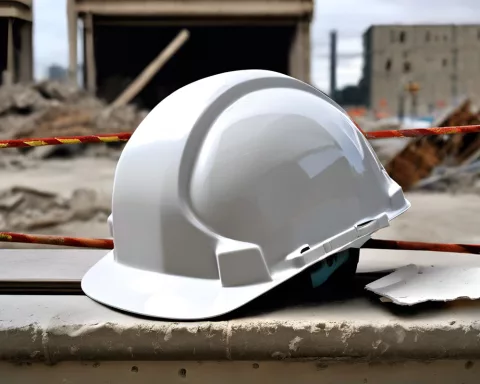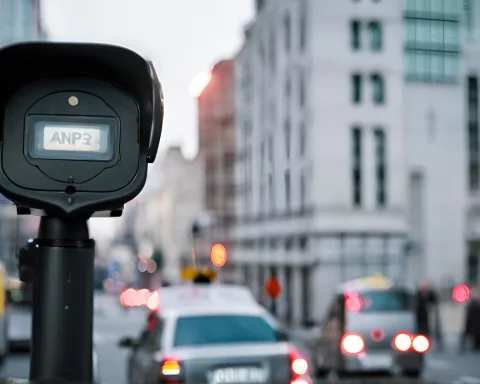The City of Cape Town’s Urban Mobility Directorate seeks input from locals on the construction of universally accessible walking lanes, bicycle parking, and other non-motorized transport (NMT) facilities for better road safety for pedestrians.
Tailored Improvements for Increased Safety and Access
The Urban Mobility Directorate has introduced several programs in recent years to create safer and more accessible NMT spaces for pedestrians and cyclists. Local residents are encouraged to offer their insights and suggestions to tailor the planned improvements according to their specific needs.
Priority for Pedestrian Safety
Councillor Rob Quintas, the City’s Mayoral Committee Member for Urban Mobility, highlights the importance of such infrastructure to Cape Town’s residents. Quintas notes that up to 10% of the city’s population walk to their destinations, making their safety a top priority for the council.
Proposed Infrastructure Improvements
The proposed NMT facilities will be constructed along several roads and streets in Elsies River, Kensington, Factreton, Maitland, and Hanover Park. Feedback deadlines vary, with Elsies River accepting comments until September 3, Kensington, Factreton, and Maitland until August 31, and Hanover Park until September 2.
Public Open Day for Engagement
To allow residents to engage with City officials on the proposals, a public open day will be held on August 22 from 6 pm to 8 pm at the Elsies River Civic Centre.
Bicycle Parking Facilities
The proposals include bicycle parking at various locations such as public libraries, clinics, and schools across the five areas.
Channels for Feedback
Residents can share their thoughts and recommendations by email, through the website, or in person. Feedback can be dropped off at various public facilities, including the Public Participation Unit, subcouncil offices, libraries, and clinics.
Contributing to a Safer and More Accessible Urban Environment
This initiative provides Cape Town residents with a valuable opportunity to contribute to the development of a safer and more accessible urban environment for pedestrians and cyclists.








